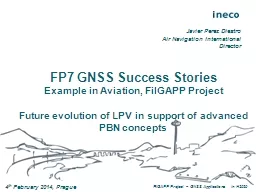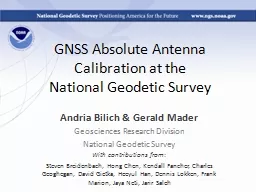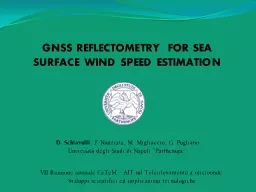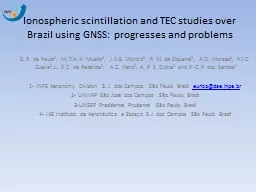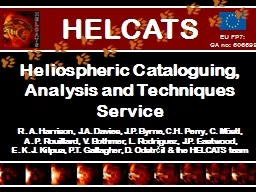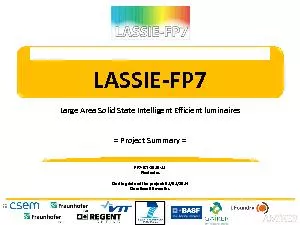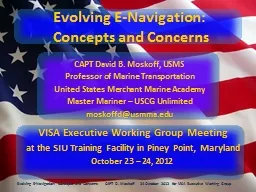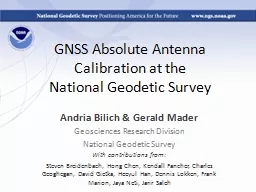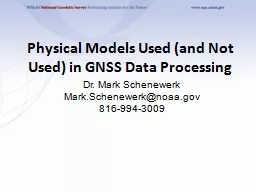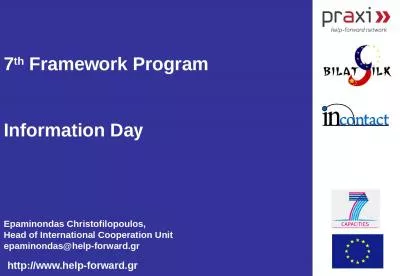PPT-FP7 GNSS Success Stories
Author : marina-yarberry | Published Date : 2016-06-07
Example in Aviation FilGAPP Project Future evolution of LPV in support of advanced PBN concepts 4 th February 2014 Prague Javier Perez Diestro Air Navigation
Presentation Embed Code
Download Presentation
Download Presentation The PPT/PDF document "FP7 GNSS Success Stories" is the property of its rightful owner. Permission is granted to download and print the materials on this website for personal, non-commercial use only, and to display it on your personal computer provided you do not modify the materials and that you retain all copyright notices contained in the materials. By downloading content from our website, you accept the terms of this agreement.
FP7 GNSS Success Stories: Transcript
Download Rules Of Document
"FP7 GNSS Success Stories"The content belongs to its owner. You may download and print it for personal use, without modification, and keep all copyright notices. By downloading, you agree to these terms.
Related Documents

